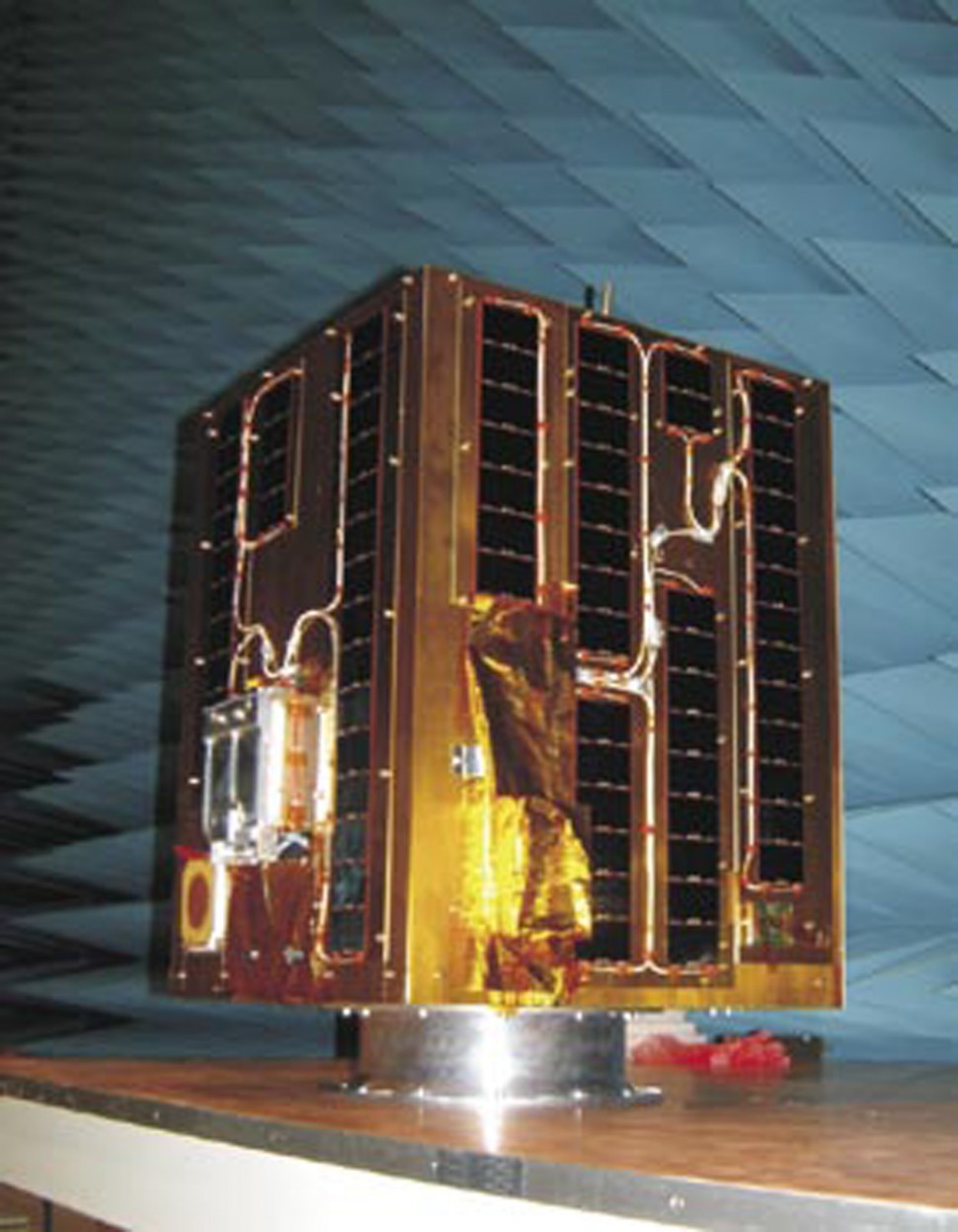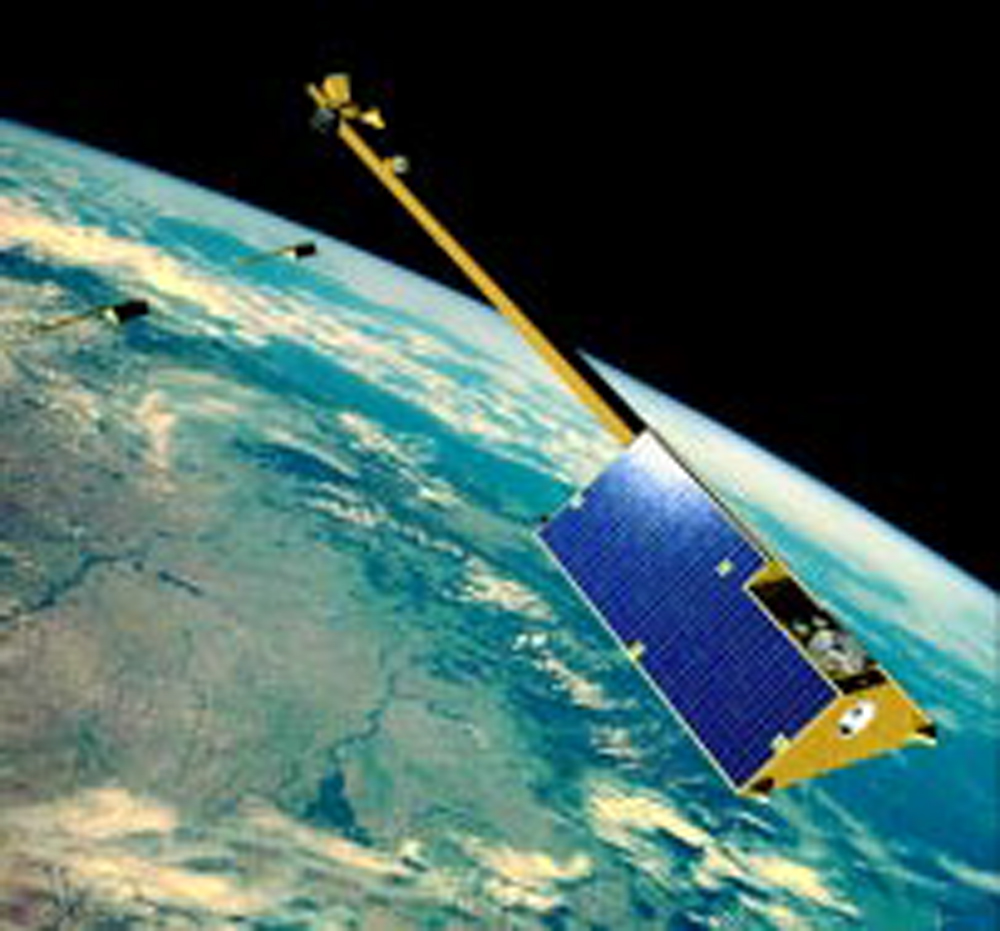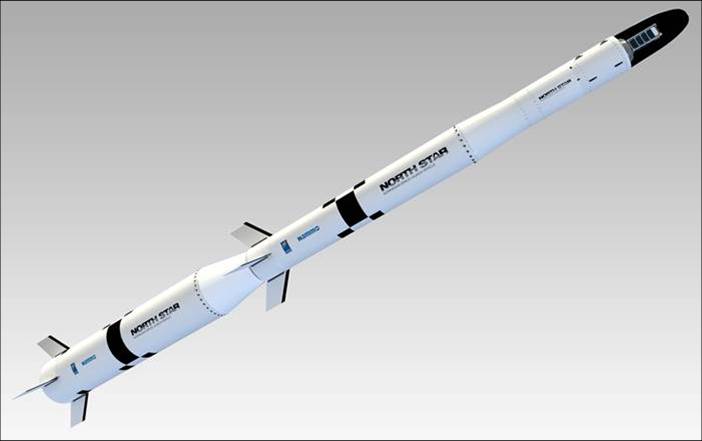Developing a Platform

A standard platform of average size. Possible nearly like this the Innosat can be. Credit: Unknown
OHB Sweden and ÅAC Microtec have been commissioned by the Swedish National Space Board to continue the studying a cost-effective satellite platform, the InnoSat. The InnoSat project has entered the phase where the satellite design will be established to meet the demands of several Swedish scientific missions while maintaining a low price. In addition to the direct benefit to the Swedish science missions, the platform may have the potential of being up for the global market. The platform will be in the type of micro-class 10-100 kg that in the standard version will have a mass of about 40 kg and have a cube-form at 50 cm.
Building Payloads

Instruments for the Swarm satellites build at DTU Space, Denmark. Credit ESA
Building payloads is a profession all the Nordic countries can provide and they have had great success with that in the past. Some of the Nordic companies in question that should be mentioned in this connection are, the Danish DTU Space that built payloads for ESA’s Swarm satellites, the Swedish Institute for Space Physic IRF that built instruments for a number of scientific mission, most recently instruments for the Rosetta missions, and the Norwegian Defence Research Establishment (FFI) that has built payloads for the Norwegian AISSat. The latter is now is very much of current interest due to the building of an instrument for the American Mars 2020 mission.
Launcher for Small Satellites

A launcher nearly like this. Credit : Nammo Raufoss AS
Small satellites are nearly always co-passengers at large with large main satellites. The consequences are that the small satellite operators depend on the large satellites launch schedule and the satellites’ orbit and orbital height. This is not an ideal situation, as one consequence is that they will be in orbit for a long time, even after the end of the satellites life. Norway is therefore in the developing phase for a small launcher, based on the hybrid technology. The first versions will be like sounding rockets, but the developing program includes further development into a launcher for small satellites.
Launching

Andenes in the Northern Norway, The launching area is with the foot of the mountains. Credit: Andøya Rocket Range.
Launching range for small rockets need large free or very sparsely populated areas. Both Sweden and Norway have places for launching sounding rockets, ESRANGE in Northern Sweden and Andøya Rocket Range in Northern Norway. Norway has plans for developing the facilities to a launching place for small satellites. The optimistic schedule is to launch the first satellite in 2020, but realistically it may take place some years later. However, launching small satellites from Northern Norway will in all likelihood be a reality.
Managing the Satellites

Svalsat antennas near Longyearbyen, Svabard. Credit: KSAT
Svalbard is an ideal place for transmitting commands and data between satellites and the ground, especially for polar or near polar orbits. The well-established KSAT (Kongsberg Satellite Station) on Svalbard, and with corresponding stations around the world, can offer transmissions with all types of satellites. The last offer is a low cost service for the rapidly growing small satellite market. The service is a low cost service, but does not mean it is of low quality because the used technical equipment has the same quality as for the large satellites.


